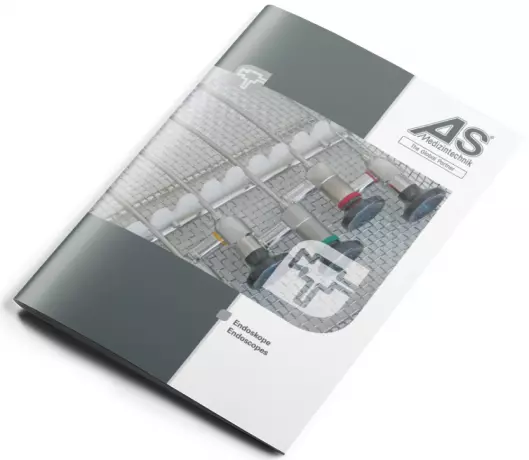
Endoscopes that can be used in different...
Sinuscopes, otoscopes, arthroscopes, cystoscopes, laparoscopes, hysteroscopes, thoracoscopes, bronch...
Portal and digital medical technology fair of the largest MedTech cluster in Germany

Endoscopes that can be used in different...
Sinuscopes, otoscopes, arthroscopes, cystoscopes, laparoscopes, hysteroscopes, thoracoscopes, bronch...
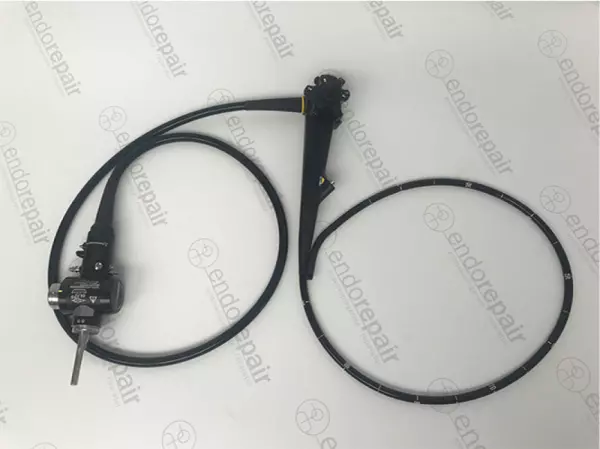
High quality, medical, flexible Gastroscopes...
Our product range of medical endoscopes - High quality, medical, flexible Gastroscopes for expe...
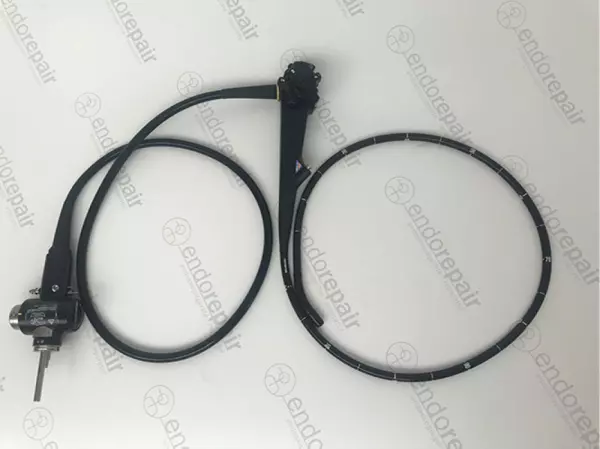
High quality, medical, flexible duodenoscopes...
Our product range of medical endoscopes - High quality, medical, flexible duodenoscopes for exp...
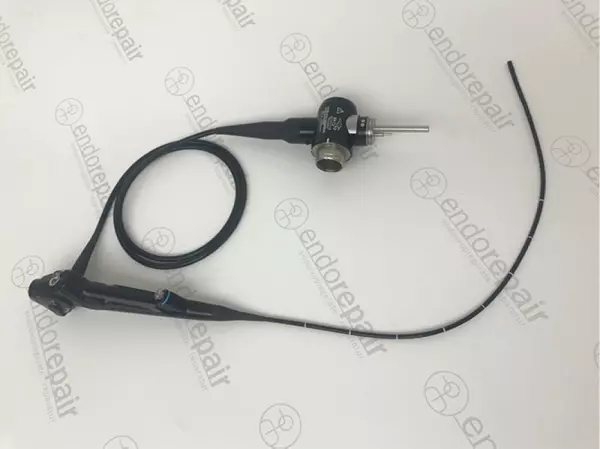
High quality, medical, flexible bronchoscope...
Our product range of medical endoscopes - High quality, medical, flexible bronchoscope for expe...
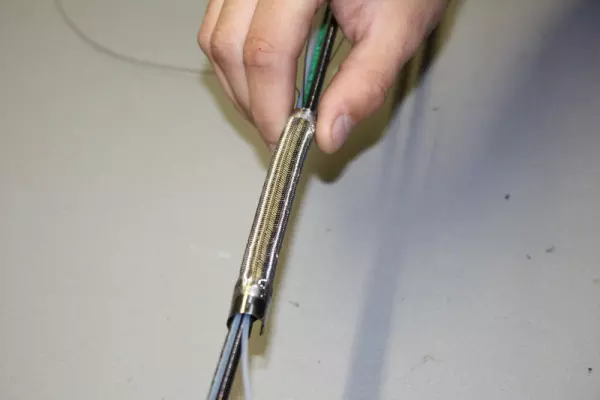
Repair service provider for your endoscopy...
endorepair – your partner for the repair of your endoscopy devices and ultrasound probes Ve...

Bypassing repairs and rental equipment for...
At endorepair, we help you minimise your economic downtime. We achieve this on the one hand through...

The procedure involves inserting a flexible camera through the urethra. You'll lie on your back with your feet in stirrups. An anaesthetic jelly is injected into the urethra. This will make the area numb. It may feel slightly uncomfortable and sting. The doctor will use the cystoscope to view the bladder. You'll pass urine or cough to help the scope pass. You won't actually pass urine during the procedure, but the doctor may give you an IV sedative.
The process of cystoscopy is performed under general anesthesia. A sterile, jelly-like substance is inserted into the urethra. The physician will then look inside the bladder using the cystoscope. A few minutes later, you'll be able to go home after the procedure. Some people will have to spend the night in the hospital after having general anesthesia. After the procedure, you will receive instructions for following up with your healthcare provider.
The procedure can be painless if you've never had one before. The procedure takes about 10 minutes and may involve biopsy or surgery. Your doctor will explain your treatment options and discuss the risks and benefits of the procedure. Your insurance provider will decide whether this procedure is covered or not. Some plans require you to pay a co-payment for the procedure. Your coverage may also require you to stay awake for the entire procedure.
The process involves inserting a sterile solution into your bladder and urethra. You may need to pee during the procedure. A biopsy is possible if a cystoscopy finds an abnormal growth. The procedure takes about ten to twenty minutes and can be performed on an outpatient basis. After the procedure, you may feel some discomfort when urinating. If you're feeling uncomfortable, you should seek medical attention as soon as possible.
If you have a UTI, a urine sample will be required. Your doctor will examine the area with a cystoscope. A biopsy doesn't necessarily mean you have cancer, but it does help to determine the type of tumor. During the procedure, the doctor can also take a look at the area and make an accurate diagnosis. This can also be done to treat urethral strictures.
A patient will be asked to empty their bladder before the procedure. During the procedure, they will likely be lying on their back, with their knees bent. A sedative and anesthetic will be administered before the procedure. A local anesthetic is given before the procedure to minimize pain. For rigid cystoscopes, a general anesthetic is used. The physician will examine the urethra and remove the obstructions that may be blocking the urethra.
A slit-shaped camera is used to look at the bladder. It is used to look at a small growth, but it's not always possible to diagnose a cancer based on appearance alone. However, a biopsy may help your healthcare provider identify a cancer-related tumor. A cystoscope may also be used to treat urethral strictures, which can cause a blockage.
Before the procedure, you should ask your doctor all your questions. A cystoscopy may take several minutes. The process is not painful and will take about half an hour. It is safe and can help you to relieve your bladder discomfort. It is an invasive procedure, so it's not recommended for everyone. If you're nervous about the procedure, you should ask your health care provider about the procedure and the possible risks.
A patient's experience after a cystoscopy varies from person to person. The doctor should consult with you before the procedure to make sure you're healthy. You should also inform your health care provider of any allergies or medications you're taking. This will ensure that you get the right treatment. A patient's recovery is different from other people. While cystoscopy is safe, the procedure may cause some discomfort or bleeding.
During the procedure, the urologist will perform the test. The team will also have other members who will help the patient. A nurse will perform the procedure in a hospital setting. If there are no other symptoms, the doctor may perform the test on a patient's own. Depending on the type of cystoscopy, the surgeon may also recommend antibiotics and surgery. In most cases, the urethrocystoscopy is the most effective treatment for the problem.
Become a digital exhibitor yourself in the online portal of the largest and best-known MedTech cluster region in Germany and inform the world of medical technology about your products and services as well as about news, events and career opportunities.
With an attractive online profile, we will help you to present yourself professionally on our portal as well as on Google and on social media.